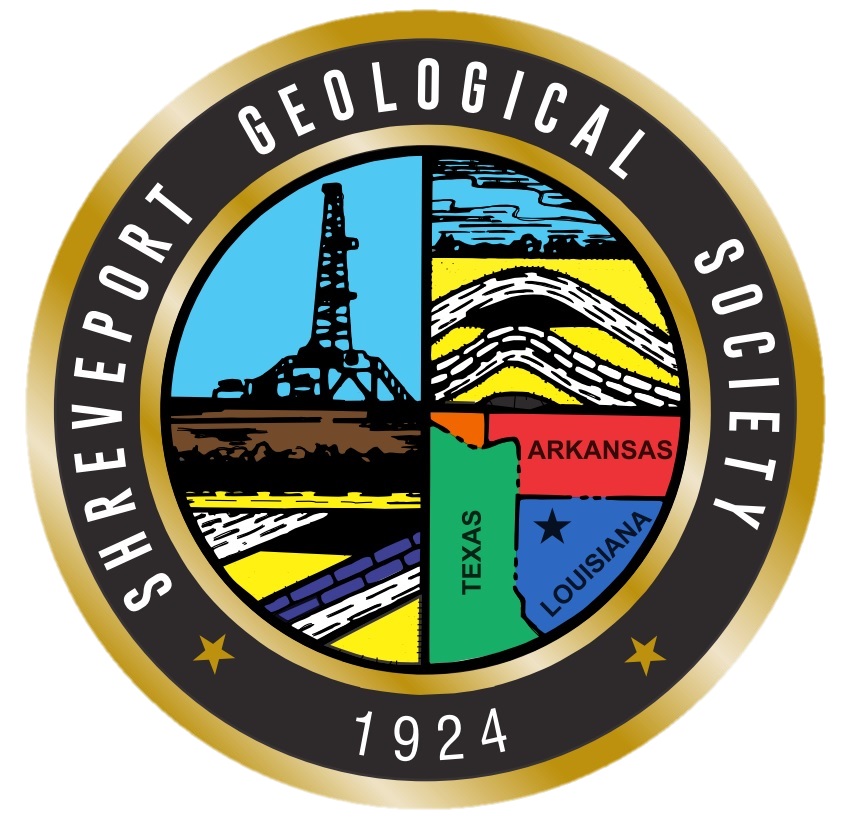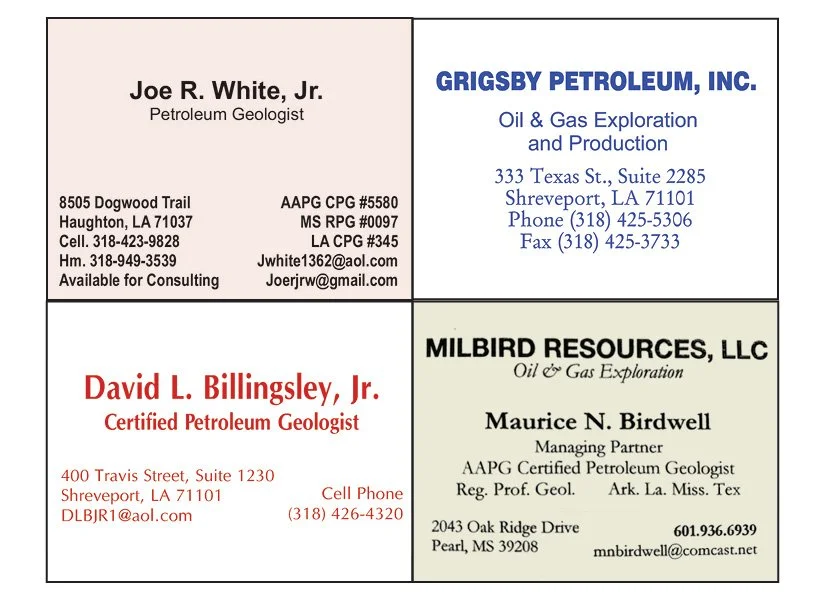The Petroleum Club of Shreveport, 15th floor
Cost: $20, Children 10 and under $8
We encourage members to invite guests, spouses, and friends to any of our meetings.
If you’d like a seat, kindly use the form below to make your reservation by the preceding Friday.
You may also RSVP by email or phone to Scott Comegys at scomegys@obrienenergyco.com or 318-841-2702.
Biography
Curriculum Vitae
(click to read PDF)
The University of Houston, Department of Earth and Atmospheric Sciences
312 Science and Research Bldg. 1, Houston, TX 77204-5007
Phone: 281 370 7436
Email: mcassidy@uh.edu
Abstract
In the late Triassic extension of Pangaea, the future Gulf of Mexico rifting began with a horst and graben terrain filled with clastic nonmarine sediments. As extension and subsidence continued, the ocean entered depositing evaporates culminating with the formation of the Louann Salt. At that time the entrance from the Pacific Ocean closed, but the area of the present Gulf of Mexico continued to subside well below sea level. The arid environment continued and desert sand dunes were deposited in the Norphlet desert. Sand on the shores of the basin were swept into cross-bedded red sand dunes distributed throughout the basin by regional and adiabatic winds. When the barrier to the ocean finally broke, the sea flooded in. Water arose like the filling of a bathtub. The dunes were not eroded, but submerged by hundreds of feet of water. Deepwater, black limestones (e.g., the Smackover) were deposited directly over the dunes without transitions. ...
Paid members of the Shreveport Geological Society can read the speaker's full abstract and biography in the newsletter by logging into the Members Area.







































